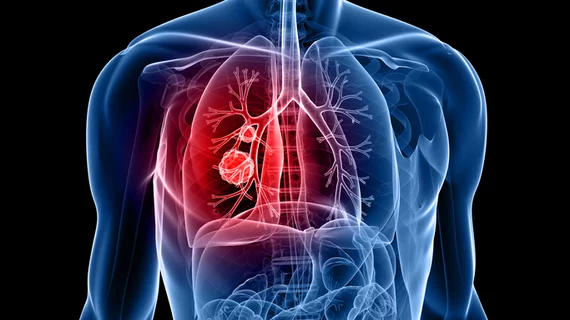‘Major step’ in digital pathology pinpoints lung cancer and its many mutations
Combining infrared imaging with artificial intelligence can determine if tissue samples contain cancer cells and diagnose the disease type, according to new research in the American Journal of Pathology.
Lung cancer is broken into many rare tumor types and sub-types, making it difficult to quickly diagnose such cancers in everyday practice, authors explained in their study. But without prior tissue staining or other annotations required, this new method can diagnose the disease in nearly 30 minutes.
“This is a major step that shows that infrared imaging can be a promising methodology in future diagnostic testing and treatment prediction," Klaus Gerwert, director of the Center for Protein Diagnostics at Ruhr University Bochum in Germany, said Monday.
Gerwert and a team of researchers had previously shown IR imaging’s capability for accurately classifying tissue samples, a process known as label-free digital pathology.
And now, they've verified the technique using samples from more than 200 lung cancer patients. Concentrating on adenocarcinoma, which accounts for more than half of all lung tumors, the group identified its common genetic mutations with more than 95% specificity and sensitivity.
This is the first time Gerwert and colleagues have identified markers that can distinguish between molecular conditions in lung tumors. Bringing this methodology into real-world use, however, will take larger studies and more external tests, among other improvements, they noted.
"In order to translate IR imaging into everyday clinical practice, it is crucial to shorten the measuring time, ensure simple and reliable operation of the measuring instruments, and provide answers to questions that are important and helpful both clinically and for the patients,” Frederik Großerüschkamp, PhD, who managed the IR imaging project, said Monday.
Read the full study here.

